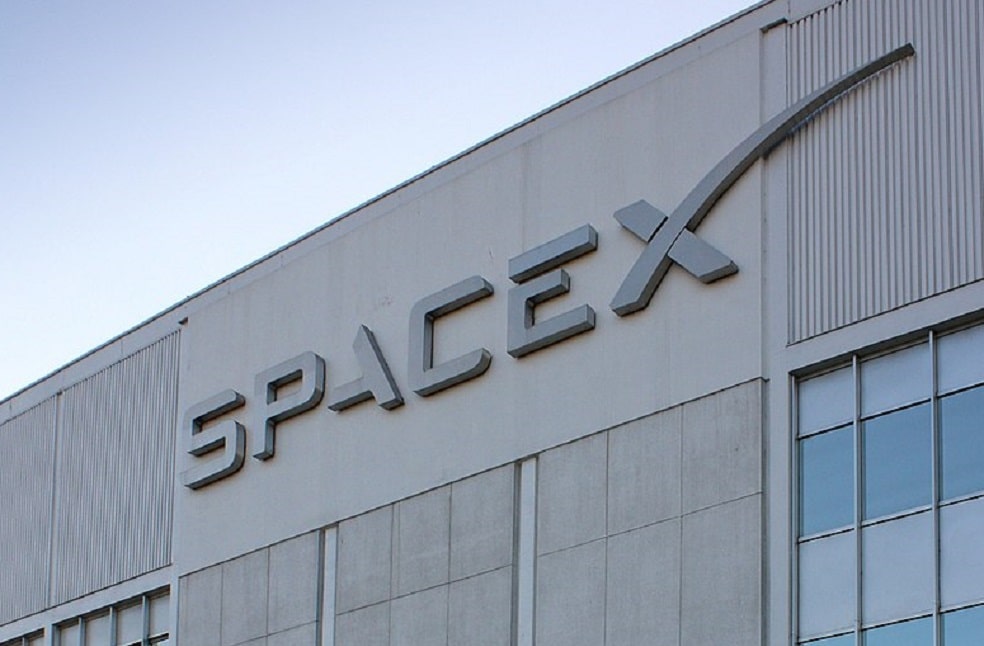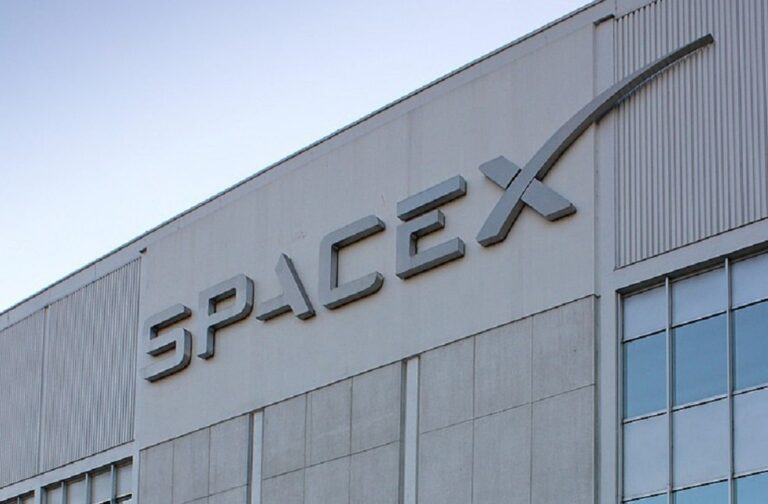United States: SpaceX is set to launch a second test flight of the world’s largest rocket on November 18. The 120-meter Starship rocket system, the most powerful ever built, was due to launch from Texas on November 17 but was postponed to the next day after it was found that a component needed replacing.
Recently, SpaceX, which also operates smaller rockets to launch satellites as well as human space missions to the International Space Station, gained approval from the Federal Aviation Administration for the test to go ahead.
According to Mr. Elon Musk, SpaceX founder, Starship will be the first step on a human journey to Mars, with the system’s cruise vessel designed to eventually carry up to 100 astronauts. Almost as long as three passenger jets, the mammoth spacecraft stands 10 meters taller than the Saturn V rocket that sent humans to the moon in 1969.

Previously, SpaceX referred to its test flight failure in April as “a rapid, unscheduled disassembly” and noted that the flight, which lasted four minutes, provided vital information on how to improve.
For the second test, the rocket has had several upgrades, including a new heat shield installed on the booster and the lower part of the system that provides thrust from 33 Raptor engines to get the rocket off the ground before detaching from the cruise vessel.

According to SpaceX, the Starship, which has a payload capacity of up to 150 tons, will be able to transport dozens of people on long-duration interplanetary flights.
Additionally, the company has announced longer-term plans to use the spacecraft as a shuttle for commercial travel on Earth, promising trips from London to Tokyo in less than an hour.
SpaceX has its own spaceport, named Starbase, on the Gulf of Mexico in Boca Chica, Texas, from where it will launch its rockets.



